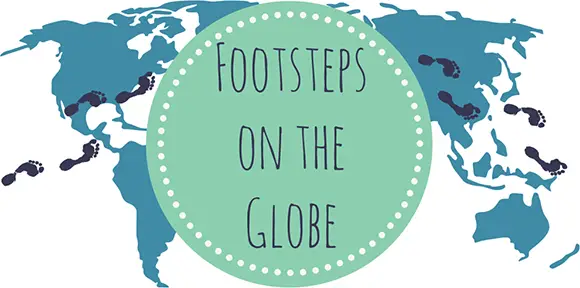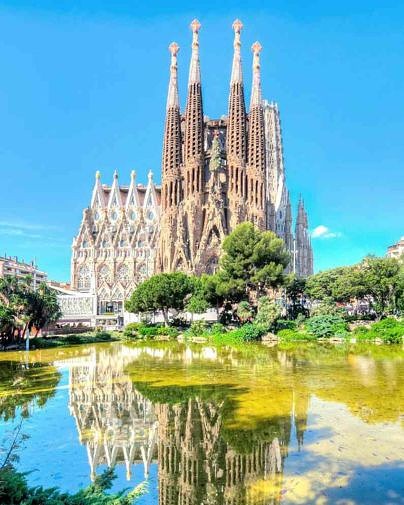Top 20 coolest facts about Barcelona (that will surprise you!)
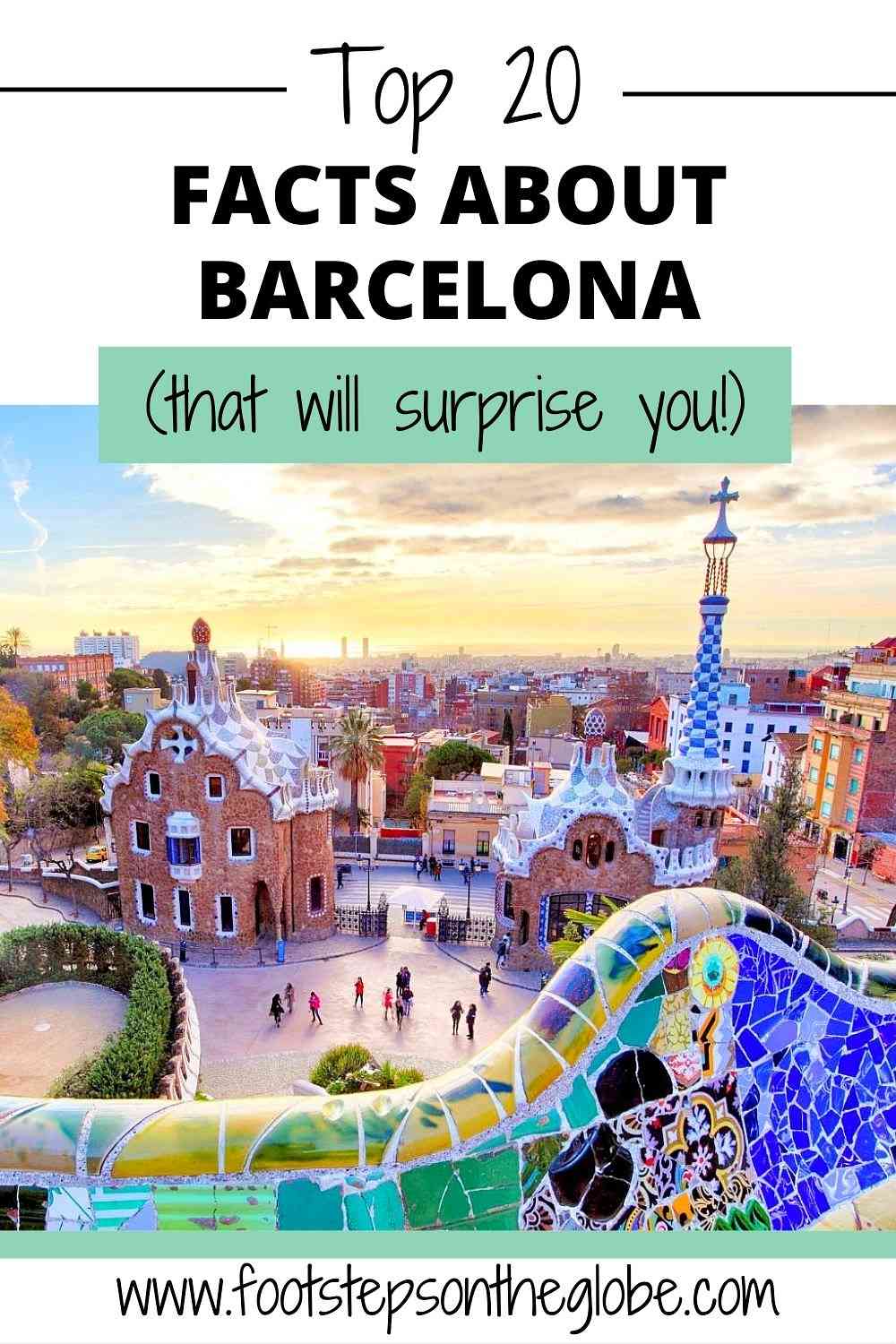
Top 20 facts about Barcelona (that will surprise you!)
I absolutely love learning fun facts about a destination and becoming a more informed traveller in the process! Barcelona in particular is such an interesting, historical and richly cultured city that it’s brimming with fascinating and fun facts! Here are the top 20 coolest facts about Barcelona that will surprise you!
OTHER Barcelona POSTS YOU MAY LIKE…
1) Barcelona is older than Rome
That’s right! Thanks to its easily defensible and idyllic Mediterranean location, the first settlers in Barcelona date back to Neolithic times (around 4,300 BC down to 2,000 BC).
That’s at the very least 1,000 years before Rome!
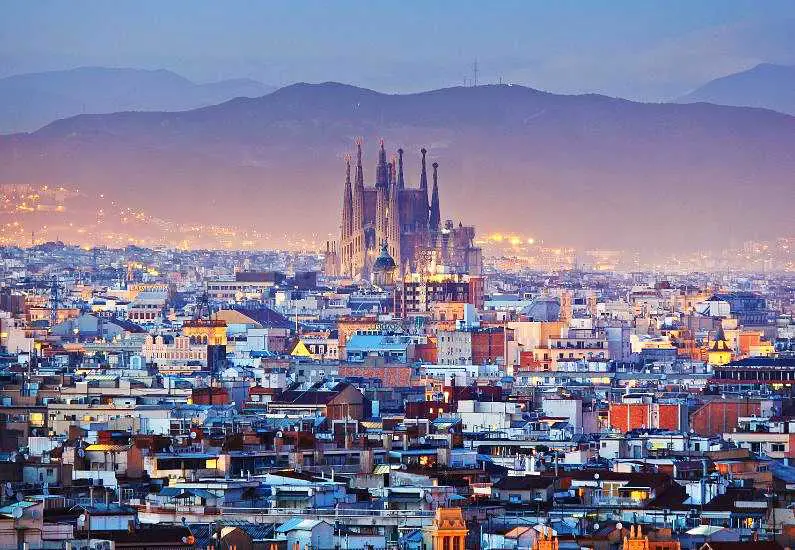
2) Barcelona’s original name was ‘Barcino’
When the Romans settled in Barcelona at the end of the 1st century BC, Barcelona was named ‘Barcino’. Which is a shortened version of its full latin name, ‘Colonia Faventia Julia Augusta Pia Barcino’.
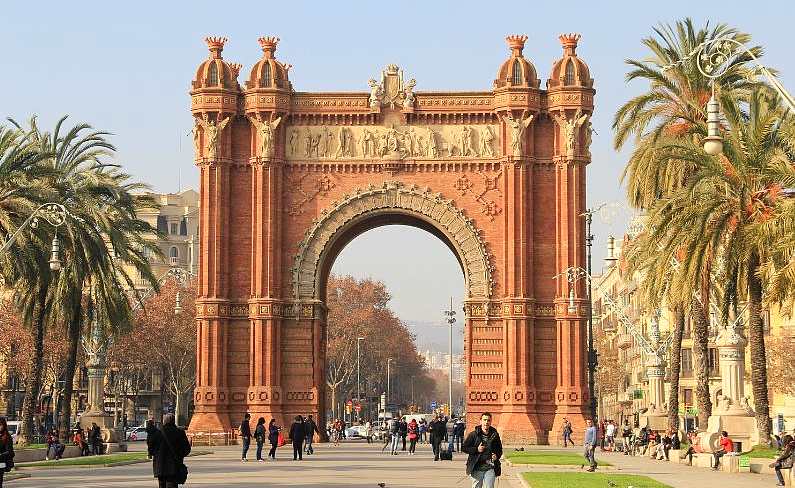
3) There are two official languages in Barcelona
Barcelona is in the Catalonia region of Spain so both Spanish and Catalan are spoken. The dominant language spoken depends on what part of Barcelona you’re in.
I recommend learning some sentences in both languages before arriving in Barcelona so you’re comfortable ordering in restaurants and asking basic questions for example.
However, the people of Barcelona are so nice, they don’t mind. They’re so used to tourists they won’t hold it against you if you can’t speak the languages!
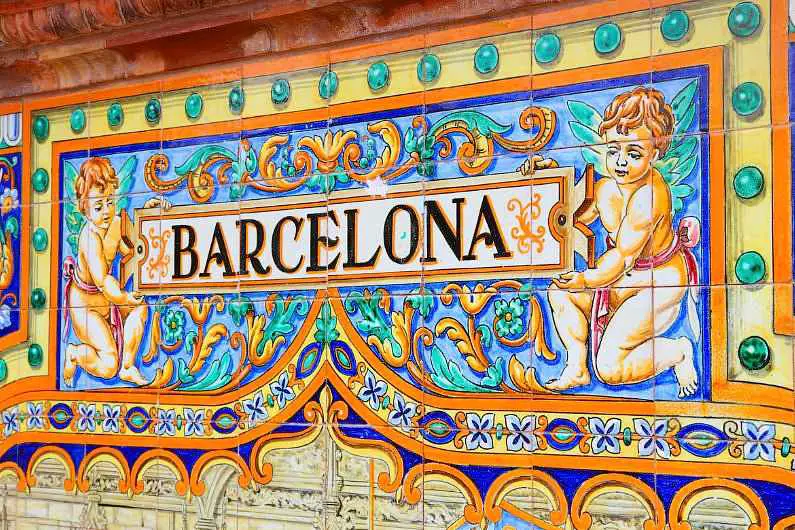
4) Barcelona used to be a Muslim region
It may come as a surprise to learn that Barcelona was once under Muslim rule, especially as the city is so renowned for its spectacular, gothic, Christian churches.
But Barcelona was a predominantly Muslim state until The Reconquista. This centuries-long battle ended in the callous removal of the Moors who had rules since the 8th century.
After 1492, King Ferdinand and Queen Isabella cemented Catholic rule and the masjids that remained became churches.
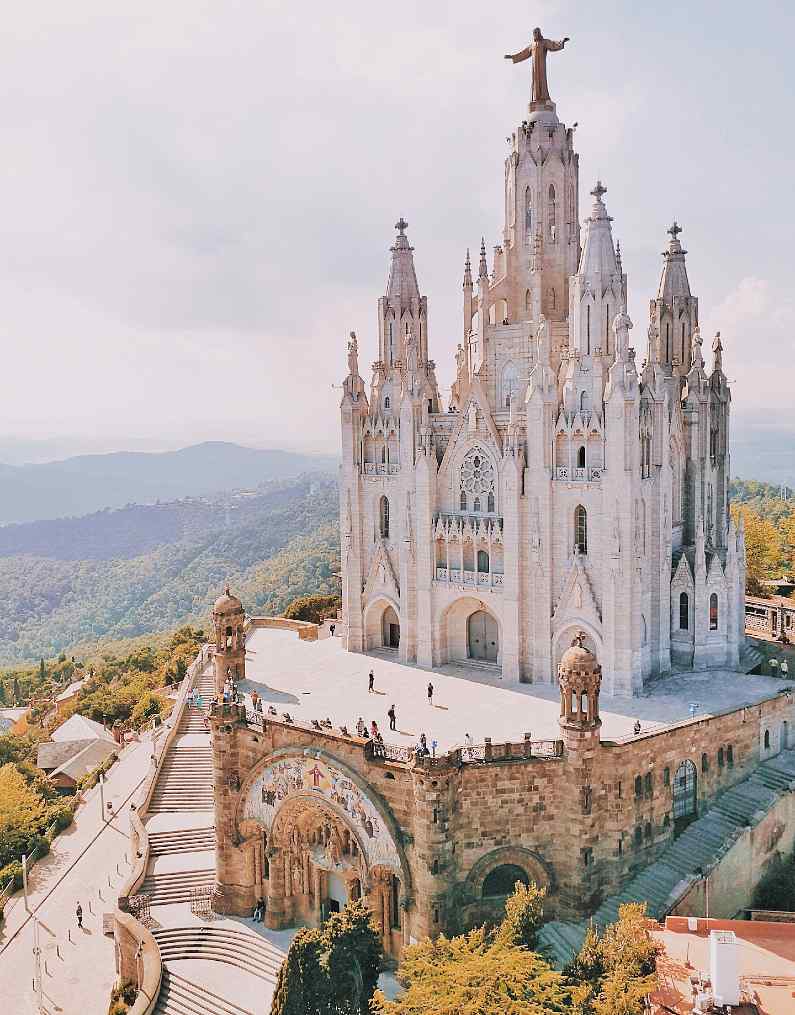
5) It’s one of the hottest cities in Europe
Now I know you’ll be saying, “well duh!”. But trust me, I was brought up in the UAE, heat doesn’t tend to bother me. But Barcelona’s humidity is a killer. Where even standing still you’re sweating!
Barcelona is luckily beautiful all year round. But I’d suggest avoiding visiting between June and August if you’re on a city break and don’t do well with heat.
Average high temperatures are between 28°C and 29°C with humidity rising to as much as 70%!
But the weather is perfect if you’re spending a day at the beach!

6) There were no beaches in Barcelona until 1992
It’s hard to believe that one of the most popular holiday destinations in the Mediterranean didn’t have beaches until 1992! Even harder to imagine Barcelona without a Barcelonetta Beach!
But thanks to the Olympic Games, Barcelona wanted to give its waterfront a complete makeover. So the city opened itself to the sea, building a promenade and importing sand from Egypt.
Barcelona’s beach project breathed life into areas of the city that had previously been neglected.
Now everyone has a place to relax, go swimming and enjoy some downtime by the beach.
Barcelona now has seven blue flag beaches across its three mile coastline. It was even voted one of the best beach cities in the world by National Geographic and Discovery Channel!
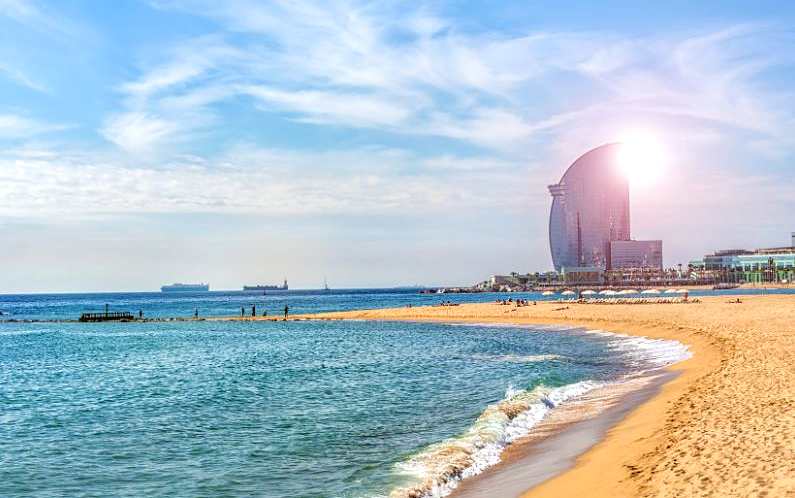
7) It’s one of the world’s most vegan-friendly destinations
With 3.6 vegan restaurants per 100,000 residents, Barcelona is officially one of the world’s most vegan-friendly destinations!
The people of Barcelona have welcomed vegetarian and vegan travellers in droves in recent years. Veganising many of the country’s classics such as paella, patatas bravas and Spanish omelettes.
…And they’re all delicious!!
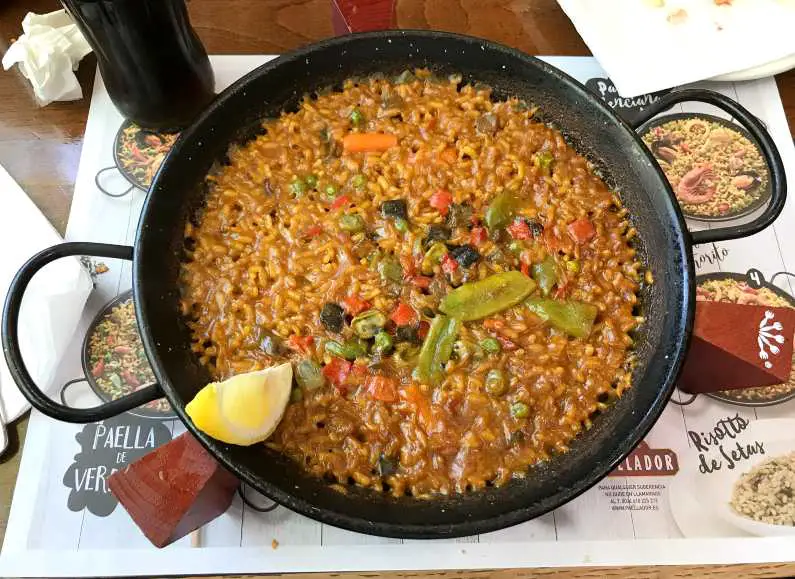
8) There are more than 20 Michelin-starred restaurants in Barcelona
Speaking of food…Barcelona is home to more than 20 Michelin-starred restaurants, which is an incredible accomplishment!
The stars are awarded to restaurants that Michelin considers the very best in a given city. Recipients gain immense prestige and exposure along with the honour of being named one of the best places to eat!
The stars are notoriously difficult to achieve. Which further cements Barcelona’s reputation as one of the world’s top cities for culinary experiences.
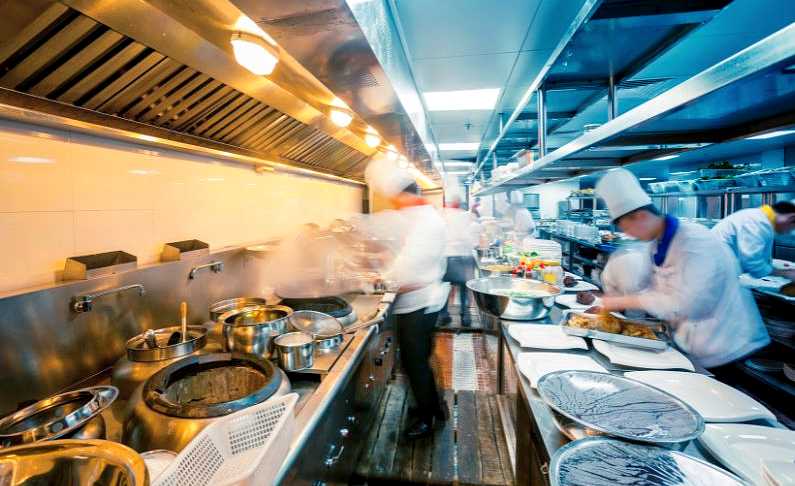
9) It’s taken longer to build Sagrada Familia than the great pyramids
One of the most unbelievable facts about Barcelona’s iconic church, Sagrada Familia is that it has taken longer to complete than the pyramids! Craziness.
Plans were in place to have it finished by 2026 in time for the centennial of Gaudí’s death. However, experts now think that it won’t be ready for around another 25 years.
Oh and how long did the pyramids take to build you may wonder? 20 years without the modern technology we have now to build. Mind-blowing!
You can book your Sagrada Familia entry ticket with tower access here if you’re planning a visit. This also includes a guided tour so you’ll learn more about the history, construction and design of Sagrada Familia.
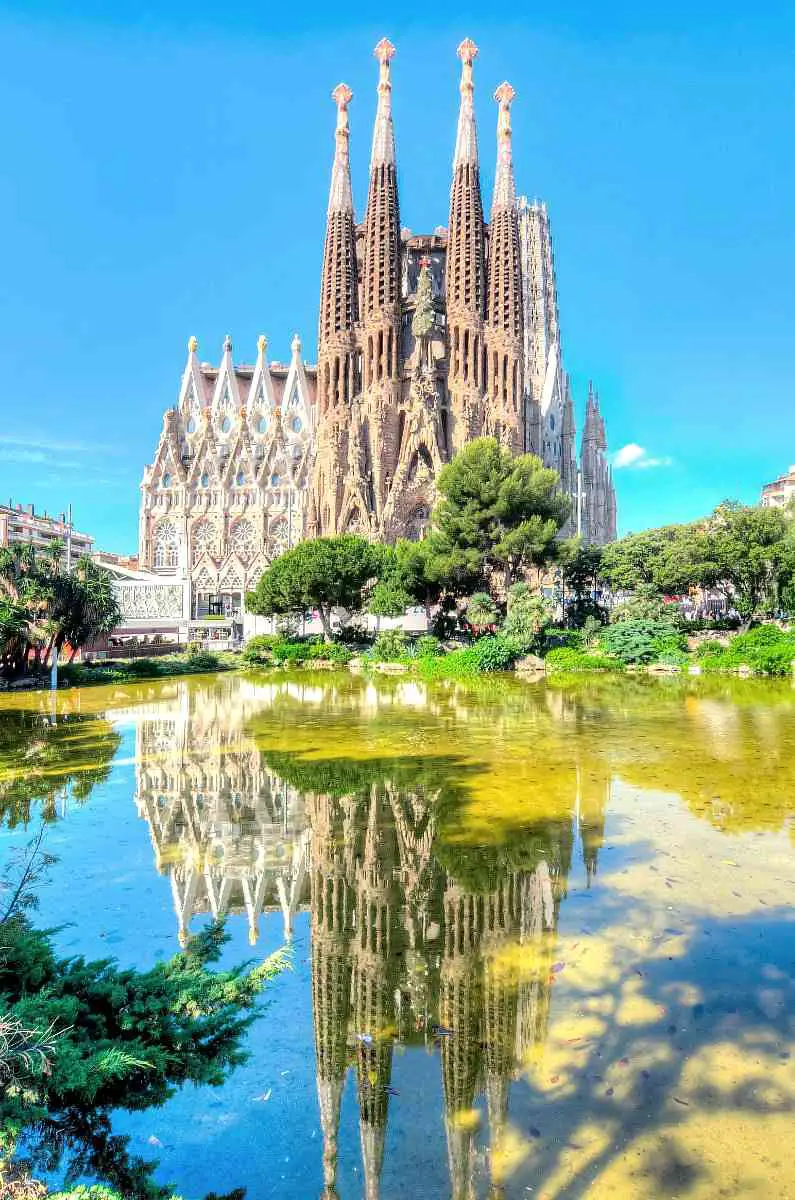
10) There are 55 museums in Barcelona
Barcelona is a city so rich in culture and history that it’s unsurprising it’s home to 55 museums!
But what’s fantastic about Barcelona is that there are museums for a wide range of interests. From art, history and architecture to science, sports, war and maritime history!
Here are my top 10 museum recommendations in Barcelona:
- Picasso Museum – learn how Barcelona shaped one of the world’s most iconic artists with the opportunity to see over 4,000 of Picasso’s works.
- Museu Nacional d’Art de Catalunya – from medieval gothic, renaissance and baroque art, to modern art, photography and more – browse and expect to be wowed at Museu Nacional d’Art de Catalunya.
- Parc Güell – designed by renowned architect Antoni Gaudí and arguably Barcelona’s most beautiful public space. Enjoy the park’s intricate tile work, colourful architecture and stunning city views from its beautiful hilltop location.
- Camp Nou – visit the home of F.C. Barcelona to learn more about Barça’s history. Follow in the footsteps of famous players when you visit the changing rooms, tunnel, press box and newly renovated museum.
- Casa Batlló – one of Barcelona’s top museums and architectural masterpieces! Learn more about Gaudí’s life and inspirations whilst you explore the Gaudí dome, cube and colourful tiled roof terrace at this former private residence.
- Sagrada Familia – one of the most iconic, historic and breathtaking churches in the world. Sagrada Familia is as fascinating as she is beautiful, which is why the church is Barcelona’s most visited tourist attraction.
- Barcelona History Museum – standing atop the historic remains of an ancient Roman colony, Barcelona’s History Museum walks you through 2,000 years of the city’s history.
- Museu Maritim – dedicated to Barcelona’s maritime history, learn all about seafaring in the Mediterranean from the Middle Ages through to today.
- Museum of Natural Sciences of Barcelona – includes all the best of Barcelona’s zoological and geology collections.
- Barcelona Museum of Contemporary Art – formed by a group of contemporary artists, this art museum showcases a variety of modern art in a series of 23 exhibitions.
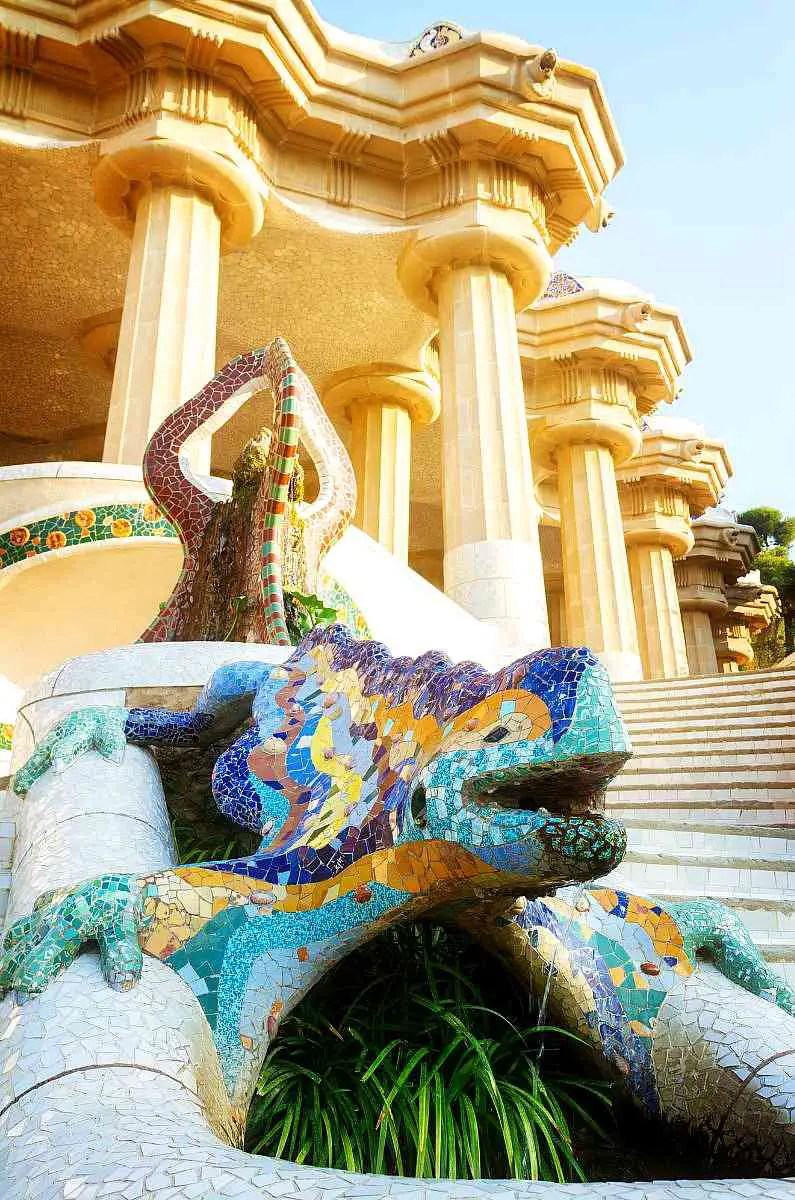
11) Barcelona is the only city in the world awarded with a royal gold medal for architecture
In 1999 Barcelona became the first city to win a Royal Institute of British Architects Royal Gold Medal for architecture.
The prestigious award recognises outstanding contributions to international architecture. Winners are considered amongst the most influential architects, engineers, theoreticians, archeologists and painters in the world.
However, Barcelona is the first and so far the only city to have received this prestigious award!
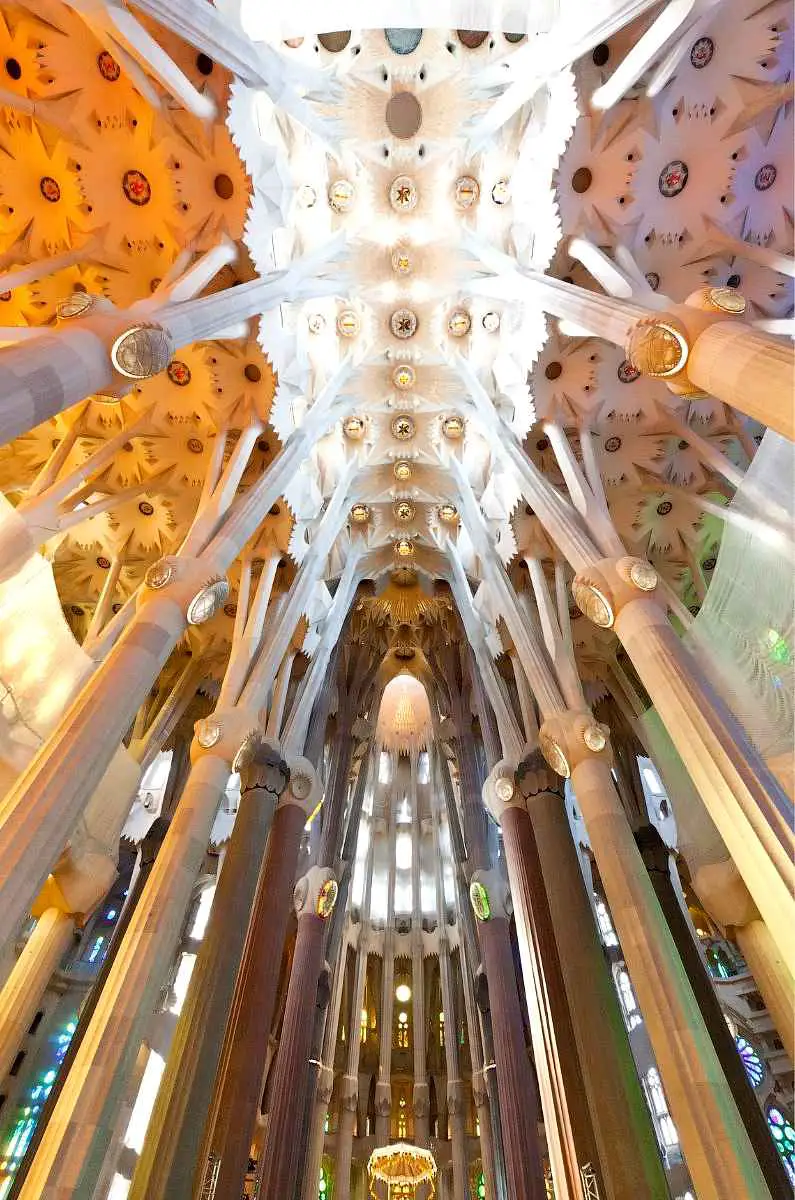
12) Smoking cannabis is legal in Barcelona
When you think about the legal use of cannabis in Europe, most people think about Amsterdam. But did you know that smoking cannabis is legal in Barcelona too?
Cannabis is decriminalised in Barcelona for personal use and can be smoked in private properties and cannabis social clubs.
There are over 300 cannabis social clubs in Barcelona which just goes to show how popular this legal ruling is! 😉
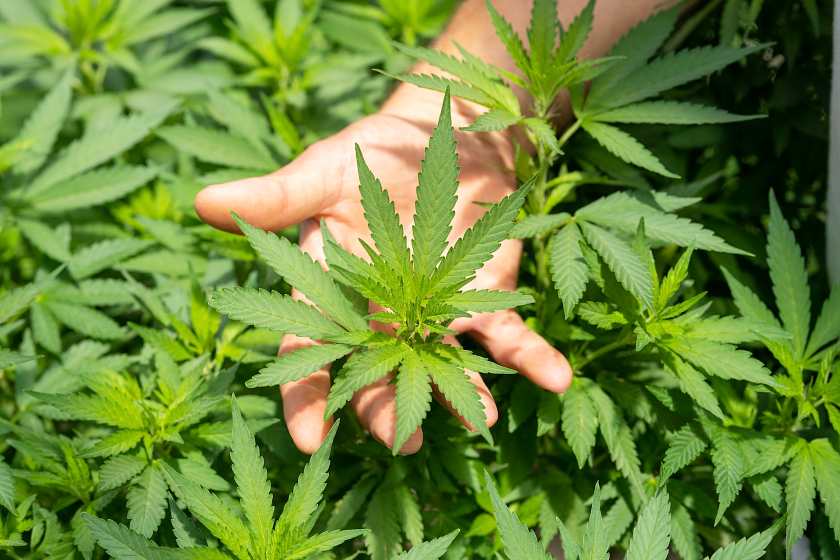
13) Barcelona is home to nine UNESCO World Heritage Sites
Thanks to Gaudí’s pioneering and unique designs, Barcelona is a proud home to NINE UNESCO World Heritage Sites. In fact there are only two UNESCO World Heritage Sites in Barcelona NOT created by Gaudí!
The nine UNESCO World Heritage Sites in Barcelona, include:
- Sagrada Familia – one of the most iconic, historic and breathtaking churches in the world. Sagrada Familia is as fascinating as she is beautiful, which is why the church is Barcelona’s most visited tourist attraction.
- Parc Güell – designed by renowned architect Antoni Gaudí and arguably Barcelona’s most beautiful public space. Enjoy the park’s intricate tile work, colourful architecture, and stunning city views from its beautiful hilltop location.
- Palau Güell – commissioned by industrialist, politician and patron of the arts Eusebi Güell, Palau Güell’s facade is decorated in the unmistakable modernist style of Gaudí with curved iron gates and lavish ornamentation. It’s an incredible example of Gaudí’s earliest work and less well-known than Parc Güell and Casa Milà.
- Casa Batlló – Casa Batlló is one of Barcelona’s top museums and architectural masterpieces. Learn about Gaudí’s life and inspirations whilst you explore the dome, cube and colourful tiled roof terrace at this former private residence.
- Casa Vicens – the first of Gaudí’s major work in Barcelona. Casa Vicens is a uniquely shaped structure with many motifs inspired by nature and adorned with vivid green and white checkered tiles.
- Colònia Güell and Gaudí’s Crypt – located just a short journey outside Barcelona. This fascinating industrial village designed by Spain’s leading modernist architects houses some fascinating modernist architecture. Most notably it’s also Gaudí’s final resting place in a church he built whilst trialing ideas for Sagrada Familia.
- Palau de la Música Catalana – designed by Lluís Domènech i Montaner, the Palau de la Musica Catalana art nouveau concert hall is a beautiful structure, full of light and space that plays host to some of the most important musicians in the world.
- Hospital de Sant Pau – this old hospital was fully functioning until 2009, at which time it was decided to allow this architectural marvel to be visited in its own right. The modernist old hospital was designed by Domènech i Montaner, one of only two UNESCO World Heritage Sites in Barcelona not created by Gaudí.
- La Pedrera-Casa Milà – hailed as one of Gaudí’s most inspired creations. Gain a fascinating insight into the architect’s innovative designs for his surreal structures.
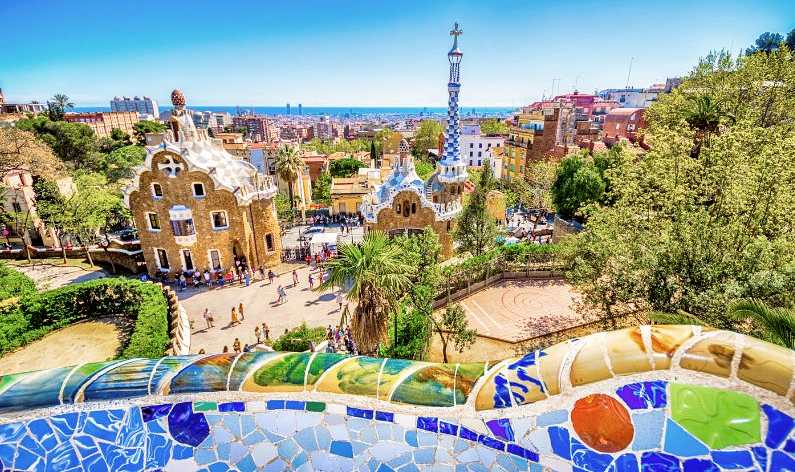
14) Barcelona is home to the largest football stadium in Europe
Football is Spain’s national sport and with Barcelona having one of the best football teams in the world, it makes sense that an epic stadium fit for as many football fanatics as possible was built in Barcelona!
You can learn more about the home of F.C. Barcelona and follow in the footsteps of famous players by visiting the changing rooms, tunnel, press box and newly renovated museum.
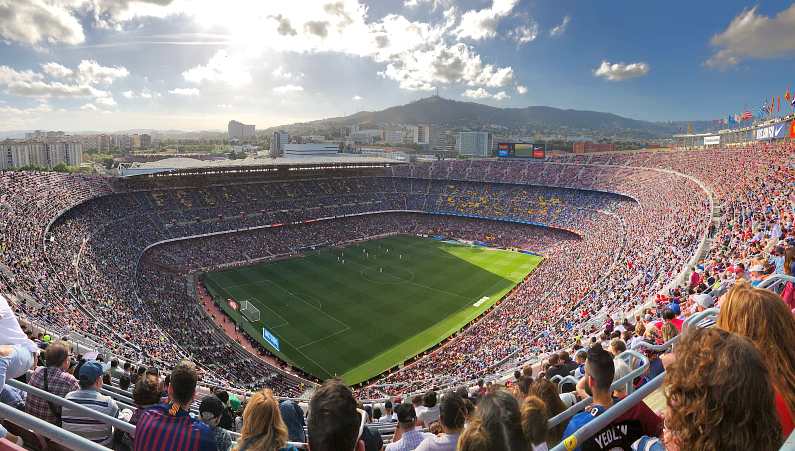
15) The Eiffel Tower could have been built in Barcelona
One of the most shocking facts about Barcelona is that Paris’s beloved Eiffel Tower could have been placed in Barcelona if Gustav Eiffel’s plans had worked out!
The Spanish authorities rejected Eiffel’s proposal because they thought his idea for the tower was too “radical” and wouldn’t fit with the rest of the city’s architecture.
I see what they were saying here regarding conflicting city aesthetics. But as the Eiffel Tower is one of the most famous and visited landmarks in the world, it seems it’s very much Barcelona’s loss!
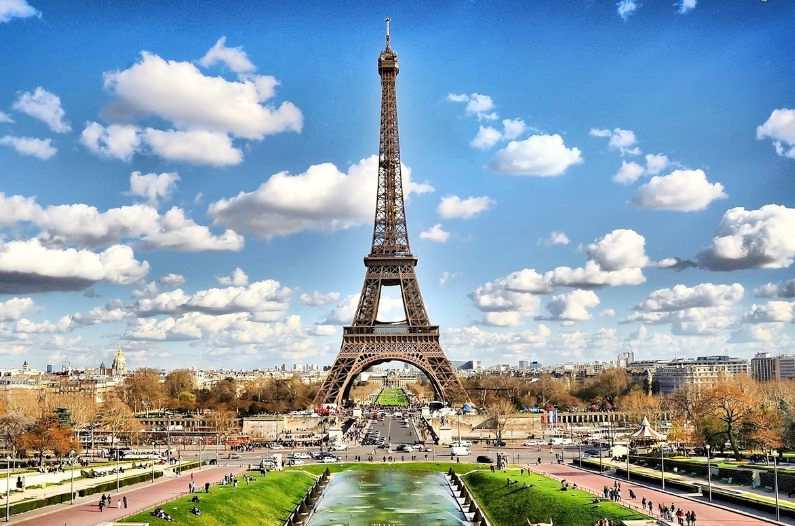
16) Barcelona’s Saint George’s Day traditions inspired World Book Day
Saint George is the patron saint of Catalonia, so every year Barcelona celebrates by having a feast day in the region on Saint George’s Day.
Traditionally couples exchange gifts of books and roses so book and flower stalls are set up along the streets across Barcelona.
This tradition went on to inspire UNESCO to declare 23rd April as ‘World Book Day’ which is a celebration to promote the enjoyment of books and reading.
In UNESCO’s own words, “recognising the scope of books – a link between the past and the future, a bridge between generations and across cultures”.
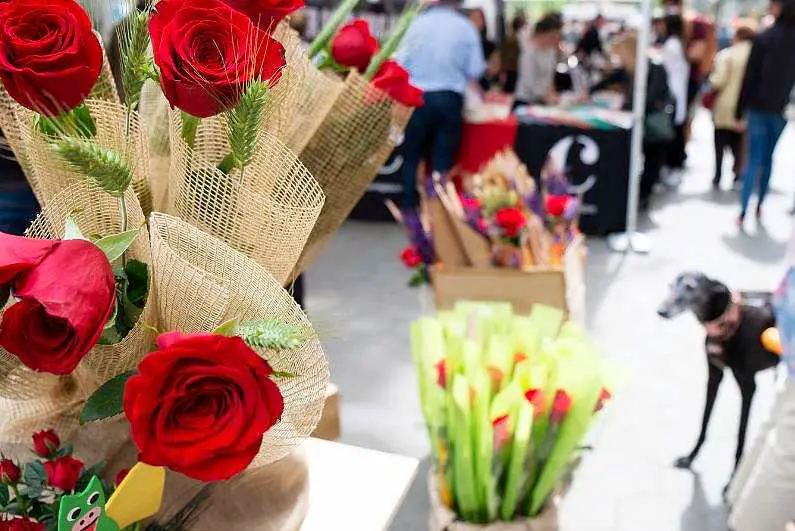
17) Picasso studied in Barcelona
Picasso was just four years old when he moved to Barcelona from his native Malaga, Spain.
He first studied art at La Llotja School of Fine Arts (now the Reial Acadèmia Catalana de Belles Arts de Sant Jordi) for two years before working in his first art studio on Carrer de la Plata by the age of 15.
Barcelona became a great source of inspiration for Picasso’s work. He ended up creating thousands of drawings around cultural expression before eventually moving Paris in adulthood.
You can learn more about how Barcelona shaped one of the world’s most iconic artists with the opportunity to see over 4,000 of his works at the Picasso Museum.
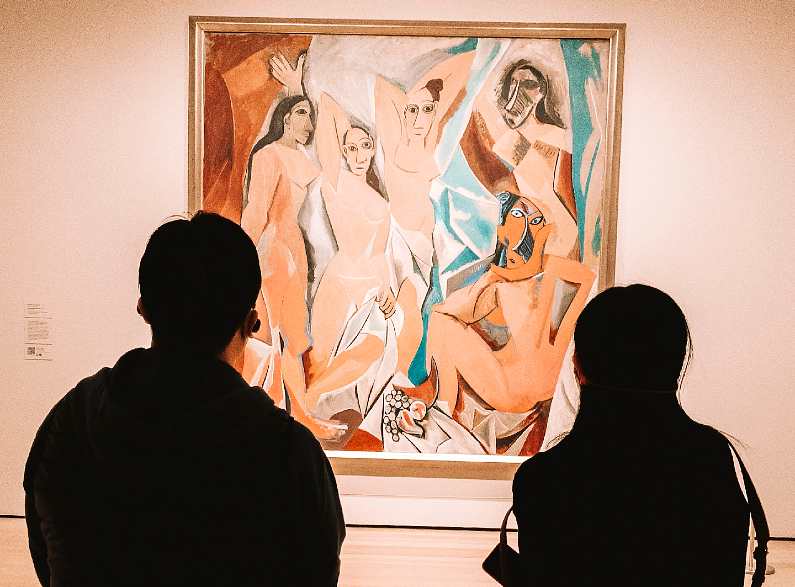
18) It’s the first city in the world to gain the ‘Biosphere World Class Destination’ certification
In 2011, Barcelona became the first city in the world to receive the ‘Biosphere World Class Destination Certification’ by the Institute of Responsible Tourism.
The city also received accolades for maximising their water supply and conserving water usage too!
This recognition is a testament to Barcelona’s commitment to sustainability in numerous fields, including: transport, accommodation, as well as food and drink.
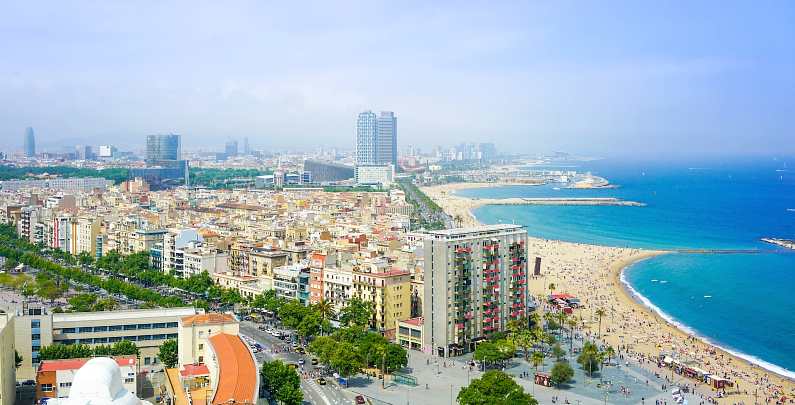
19) Siesta time could be ‘any’ time!
Siesta in Barcelona is typically between 1.30pm and 4.00pm. However, shops and restaurants (even in tourist dense areas) can shut for longer through the day or not open at all.
If you’re staying in an AirBnb, make sure you get shopping in to last for a couple of days so you don’t need to go hunting for a shop when you need something small. Also, it’s best to plan your rest stops during the day around siesta time.
Food places around excursions such as the Picasso Museum and Sagrada Familia usually stay open but plan ahead just incase and end up famished during your city explorations!
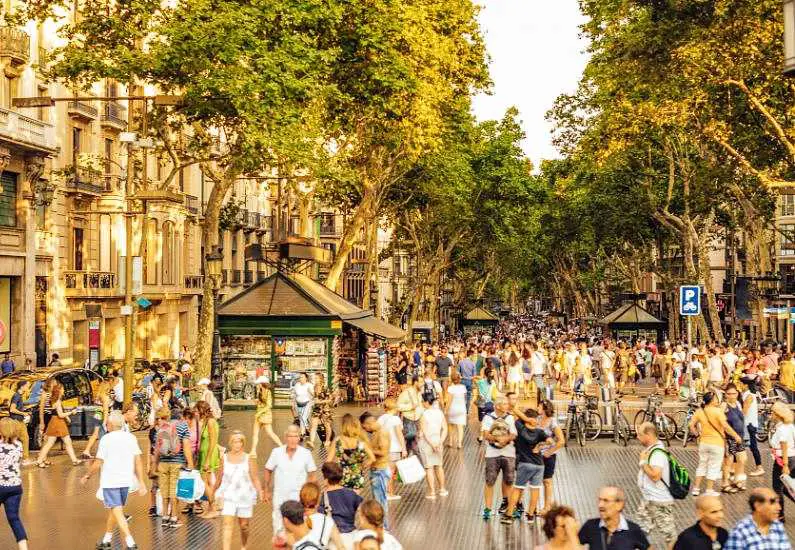
20) It’s not as expensive as everyone says
Everyone I spoke to about Barcelona prior to going said that it was expensive and I will gladly debunk this rumour friends.
My friends and I found a great deal on accommodation by sharing an apartment through Airbnb and flights were just over £100 return from the UK.
Even with food and drink (arguably one of the biggest expenses on holiday), we found that restaurant prices were in the same ball park as the UK and cheap food alternatives were everywhere.
From ‘mini supermarket’ vending machines in the metro to daily food markets, you can always get a meal for under €10 in Barcelona.
Read more: Top 10 ways to save money on food while travelling (even if you’re a foodie!)
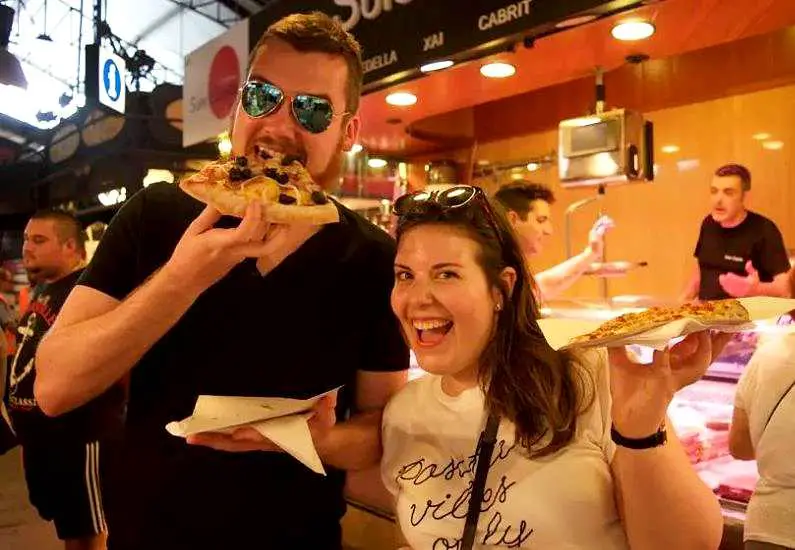
OTHER Barcelona POSTS YOU MAY LIKE…
Which were your favourite facts about Barcelona? Are there any you would add? Let me know in the comments! 😄

Quick FYI guys – this post contains affiliate links to tours and booking websites I recommend. I will receive a small commission for purchases made through these links at no extra cost to you. Thanks so much for your support this ‘facts about Barcelona’ post!
